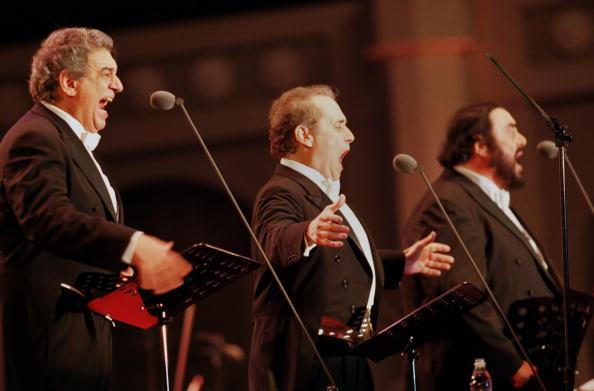They drew huge crowds, sometimes large enough to fill stadiums. They had the best conductors and orchestras to support their immense talent. Each one was a star in his own right, but together the Three Tenors changed the commonly held perceptions about classical music and introduced millions to the delights of opera.
José Carreras, Plácido Domingo, and Luciano Pavarotti were the biggest names in the operatic world and were constantly in demand.






